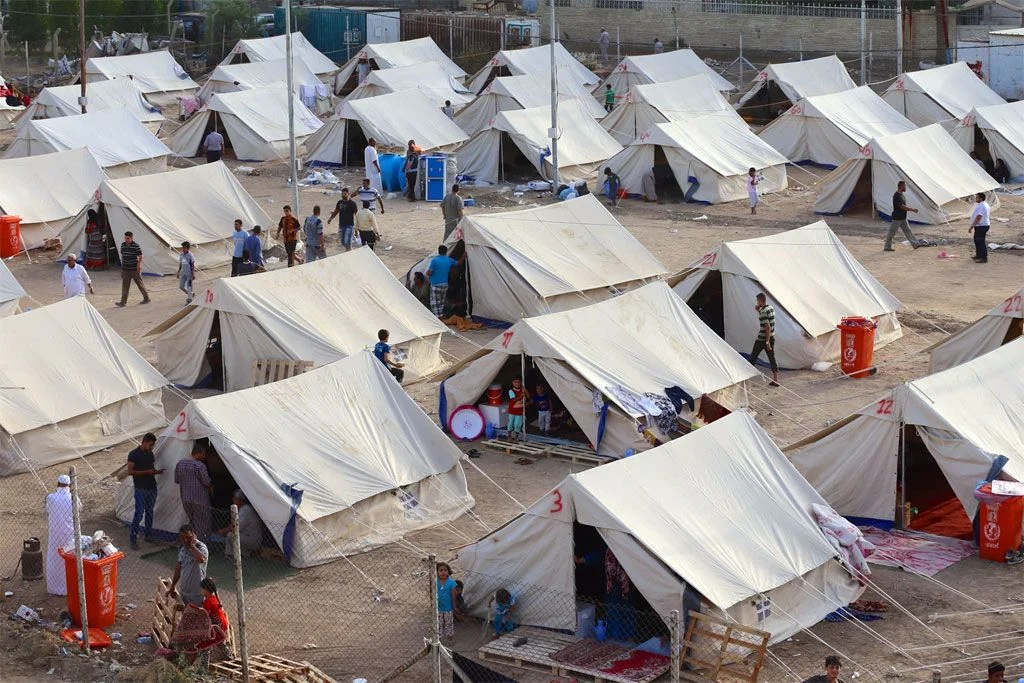Most Significant Change (MSC) is reshaping how we understand the human impact of development programs. Unlike traditional evaluation methods that rely heavily on data points and metrics, MSC offers a powerful, qualitative alternative putting real-life stories at the heart of Monitoring and Evaluation (M&E) studies.
In this article, we explore how MSC enriches evaluation design by spotlighting personal experiences, fostering community participation, and revealing nuanced, transformational outcomes that numbers alone often miss.
What is Most Significant Change (MSC)?
The Most Significant Change (MSC) method invites beneficiaries to share powerful personal stories of transformation.It goes beyond numerical indicators to uncover the real-life impact of development interventions whether that’s a shift in attitudes, empowerment of women, or improved community cohesion.

Key Features of MSC Evaluation Design
- Focus on Stories: MSC is based on the collection of personal stories, making it a highly qualitative approach.
- Community Involvement: It involves the active participation of beneficiaries in the evaluation process, empowering them to voice their experiences.
- Qualitative Insights: MSC brings out the intangible aspects of change that may not be captured through traditional surveys and assessments.
- Transparency: By selecting the most significant changes, MSC helps stakeholders understand what is valued by the community.
- Flexibility: MSC is adaptable and can be applied to various types of programs, from community development to corporate social responsibility projects.
Steps to Apply MSC in M&E Studies
To effectively implement MSC in M&E studies, follow these steps:
- Defining the Most Significant Change: The first step is to determine what “change” means for your project. This might be anything from improved economic conditions to greater social equity. Establish criteria for what constitutes “significant” change within the context of your project.
- Engage with Beneficiaries: Involve the beneficiaries of your project in the evaluation process. MSC emphasizes collecting stories from those directly affected by the intervention. Engage them in discussions through surveys, interviews, or focus groups.
- Collecting Stories: Use interviews or focus group discussions (FGDs) to collect narratives. These stories should describe specific events or situations where participants believe the intervention made a significant difference in their lives.
- Review and Select Stories: Once the stories are collected, a selection process takes place. Stakeholders including project staff and beneficiaries review the stories and decide which one represents the most significant change. This helps to identify trends or key impacts that might not be evident through quantitative data.
- Analysis and Synthesis: Analyze the selected stories to identify common themes, patterns, and lessons. This will provide you with a broader understanding of the impact of your intervention.
- Report the Findings: Finally, compile the findings into a report. This will include not just the stories themselves, but also an analysis of the trends, insights, and lessons learned.
Real-World Case Studies of MSC
These real-life applications show how the Most Significant Change (MSC) framework can uncover transformative shifts beyond traditional indicators.

1. The Challenge of Sustainable Development in Tanzania
In Tanzania, MSC was used by the International Development Research Centre (IDRC) to evaluate agricultural development projects in rural communities. The evaluation team collected stories from farmers about their experiences with drought-resistant crops. One of the significant changes highlighted was not just increased yield, but the leadership role women had taken in managing these crops. By using MSC, IDRC was able to capture the empowerment of women, a result that might have been overlooked in traditional metrics.
2. UNICEF’s Adolescent Sexual Health Program in West Africa
In West Africa, MSC was employed by UNICEF to evaluate its adolescent sexual health initiative. Beneficiaries shared how the program improved their confidence in discussing sexual health, and reduced the stigma around contraceptive use. By using MSC, UNICEF was able to learn that while the program addressed health issues, it also fostered a shift in societal attitudes, making it easier for adolescents to seek guidance on sexual and reproductive health.
3. International Organization for Migration (IOM) – Migrant Health
IOM used MSC to assess its migrant health program in South Asia. Stories from migrants revealed that the most significant change was not only improved health outcomes but also the dismantling of barriers between migrants and host communities. The success of the program was reflected in greater social integration and improved access to healthcare, both of which were captured through the MSC technique.
Why Use MSC in Your M&E Approach?
By incorporating the Most Significant Change (MSC) technique, evaluators gain a richer and more authentic understanding of impact. Here’s why it works:
- Rich, Detailed Data: Unlike traditional surveys that focus on numbers, MSC provides deep qualitative insights into how an intervention impacts individuals’ lives.
- Empowerment of Beneficiaries: By allowing beneficiaries to share their stories, MSC makes them active participants in the evaluation process.
- Transparency: MSC helps project implementers understand what the community values and what has truly made a difference in their lives.
- Holistic View: It captures both the positive and negative impacts of a project, offering a complete view of the intervention’s effects.
Final Thoughts on MSC in Evaluation Design
Ready to integrate Most Significant Change (MSC) into your next project evaluation? Our expert team is here to guide you through a qualitative evaluation design that brings real impact to life. Let’s uncover the stories behind your numbers contact us today to learn more.





